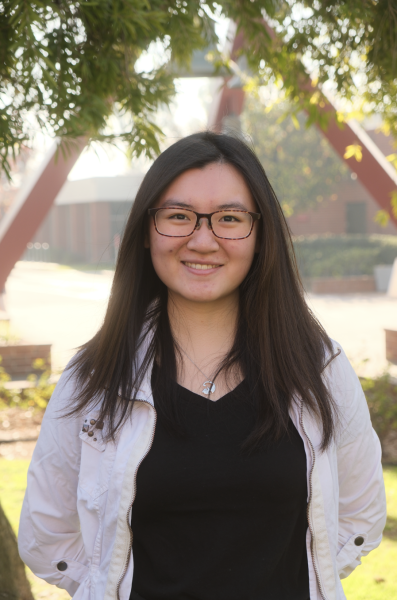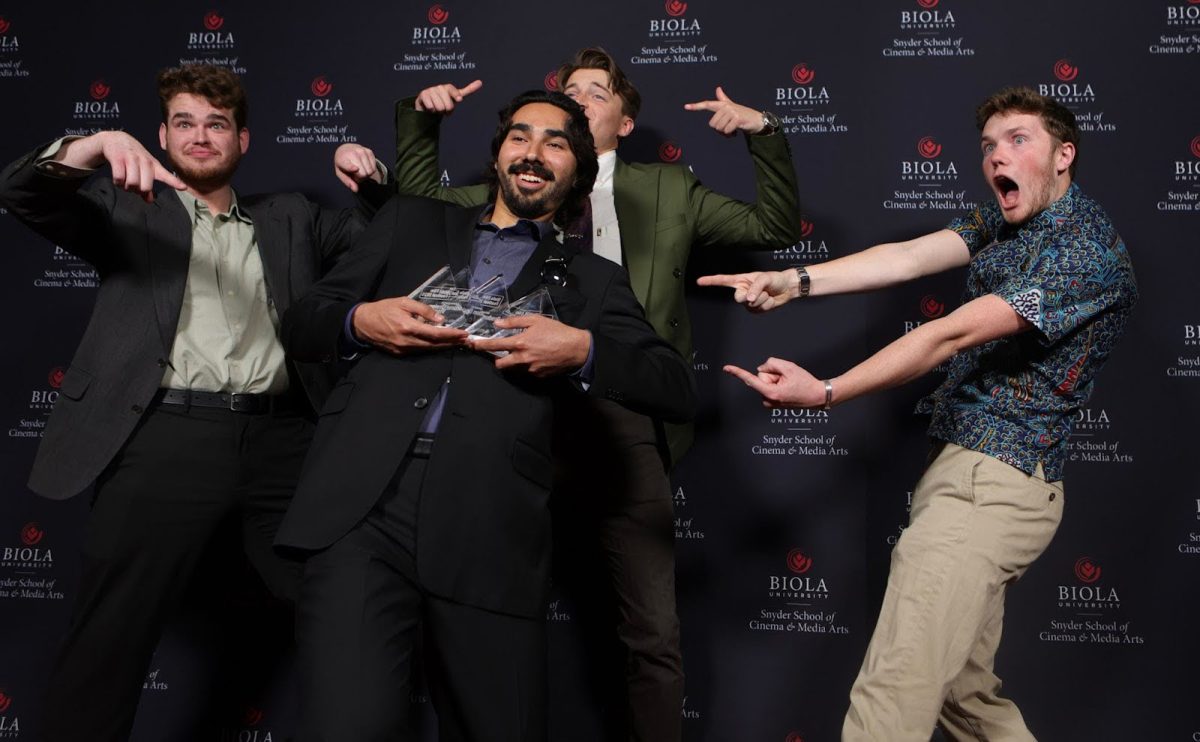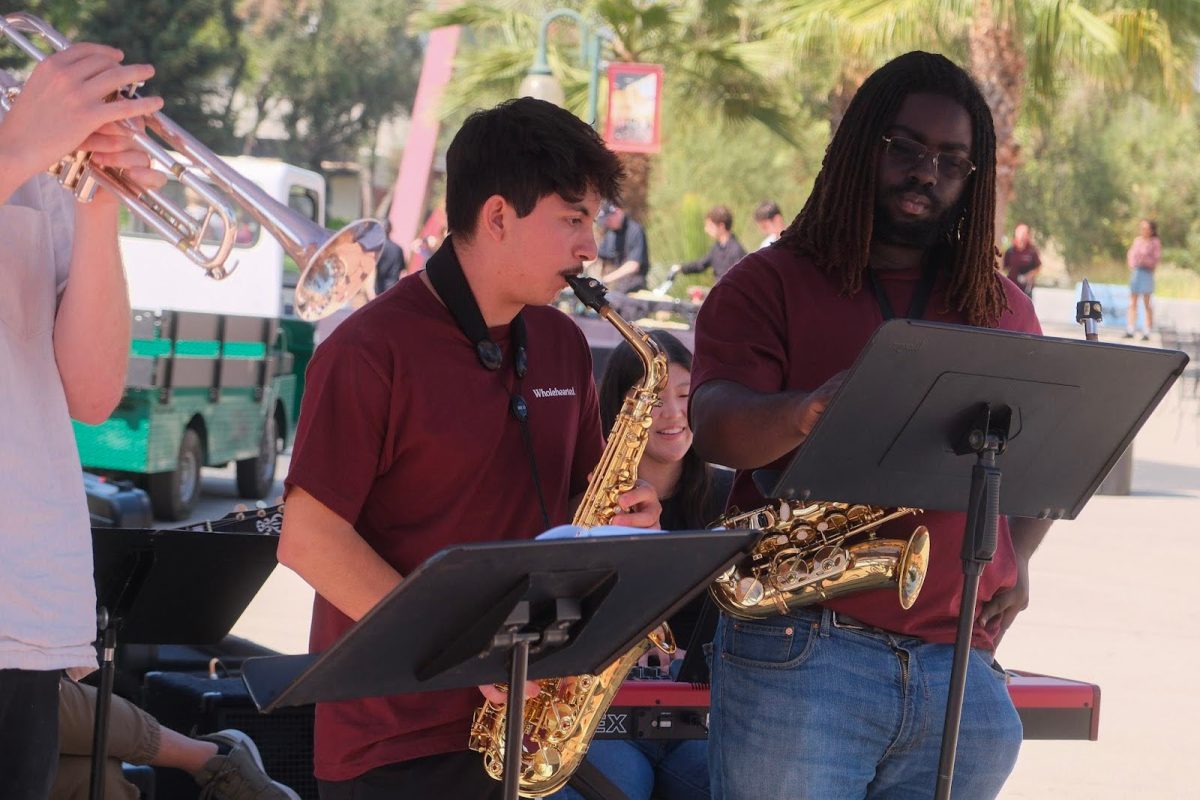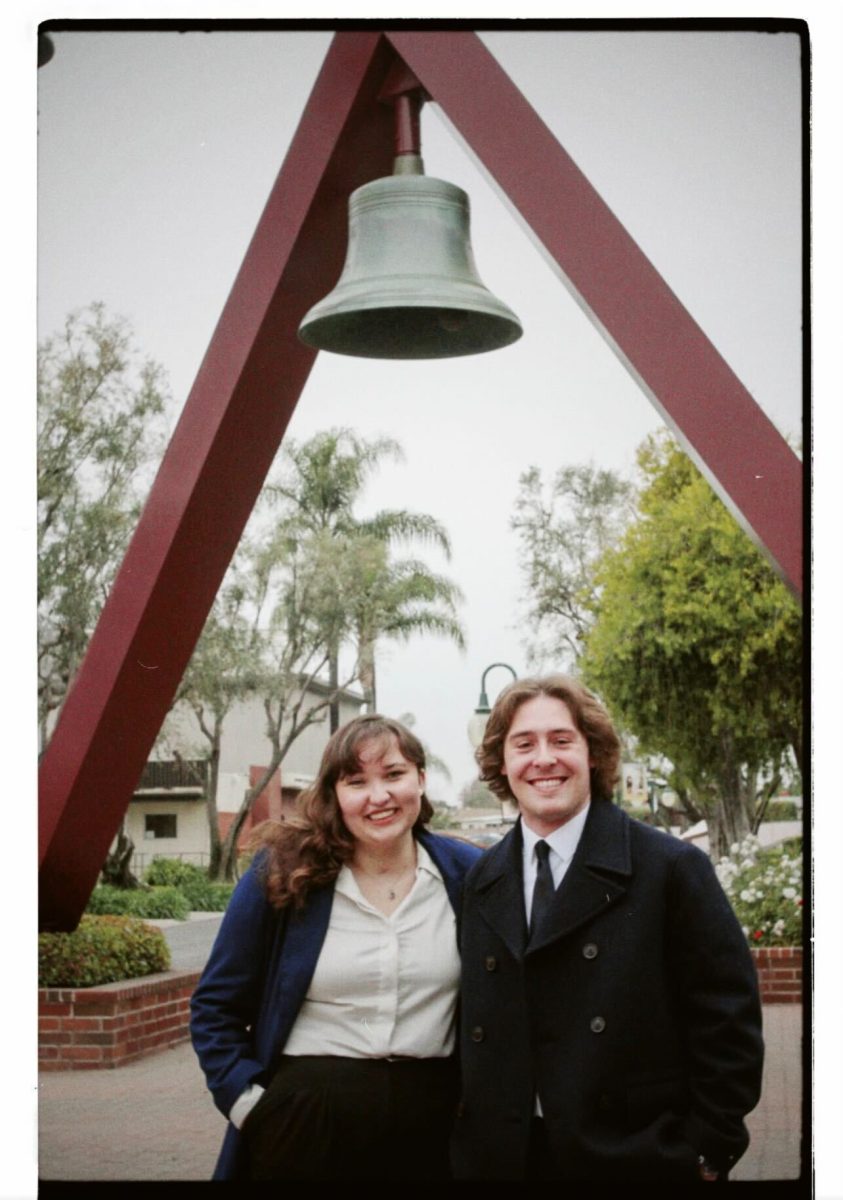The hall was bathed in reddish hues as spotlights swirled overhead. Two circus-themed screens at the back of the stage displayed “INTO THE WOODS.” The orchestra, sitting in front of the stage, practiced their instruments. Then the swirling spotlights dimmed and blue lights flashed briefly in the room. The narrator walked onto the stage, and “Into the Woods” began.
“Into the Woods” is a musical adapted from James Lapine’s book of the same name. Based on the fairytales of the Brothers Grimm, the story weaves itself around the theme of wishes, choices and the consequences thereafter. It begins with a baker and his wife seeking to lift the curse on their house that renders them childless. As a witch instructs the pair to gather ingredients to lift this curse, they venture into the woods and encounter several fairytale characters — including Jack, Little Red Riding Hood, Cinderella and others — each of which pursues a path to fulfill their wishes and later learns the consequences of their actions.
THEME OF WISHES
Kobe Burton, a music composition senior who played the role of Baker, reflected on the theme of wishes in “Into the Woods”.
“I like what it has to say about what we desire, what we’re constantly yearning for,” Burton said. “We kind of think that, once we get [this] thing or get rid of that thing, everything’s going to be alright. But a lot of the time you realize that when you get whatever it is you wanted … you find that there’s something else that comes up that’s in the way, or something else that you want.”
Burton saw this theme as applicable to the Christian life.
“I think it teaches a very important lesson about being content … with what God gives us, because He already gives us so much, [beyond] what we deserve,” Burton said. “And to be constantly focusing on the things we don’t have is to miss out on all the wonderful things we already have.”
Another aspect Burton liked about “Into the Woods” was how people came together to help each other, even when they did not agree about the best way to accomplish a goal. Throughout the first act, for example, there is tension between the baker and baker’s wife while they gather ingredients for the witch.
“The baker doesn’t want [his] wife to help because it’s not safe … and there’s an important lesson to be learned there in letting other people help, because sometimes we feel like [we’re] burdening other people … But I think God places people in our lives so that they can help, because no one can do everything on their own … and ultimately you need God; you can’t do anything apart from God,” Burton said.
THEATRE AND CONSERVATORY TOGETHER
This performance is the first collaboration between the Theatre Department and the Conservatory of Music. Dr. Rachel Tracie, director of “Into the Woods,” worked together with various other faculty such as Dr. Jeanne Robison, voice director; and Dr. Elliott Bark, composition and orchestra director.
The show was performed in Crowell Hall, so there was much configuration and organization to do.
“It has been a challenging process to be sure, but theatre is all about that. It’s about collaboration and problem solving and coming together to make something happen, and that’s exactly what happened for this show,” Tracie said.
Now that theatre is part of the conservatory, Tracie looks forward to more collaboration and crossovers in the future. “We may also consider exploring more experimental spaces for performance around campus, which is always fun,” Tracie said.
Tracie saw God’s hand in how everyone encouraged each other and worked with one another in difficult circumstances to put on the play.
“Theatre at its best is in many ways a reflection of what I believe a Christian community should be — collaborative, encouraging, faithful, accountable, challenging and ultimately hopeful,” Tracie said.
















